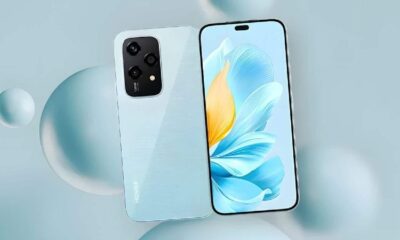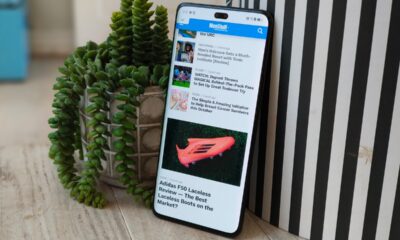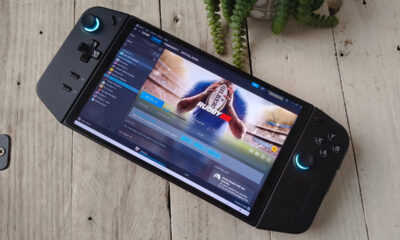Gadgets
Smartphone Tech Giants – Where They Started
Time to embrace the heritage of the world’s biggest smartphone manufacturers!
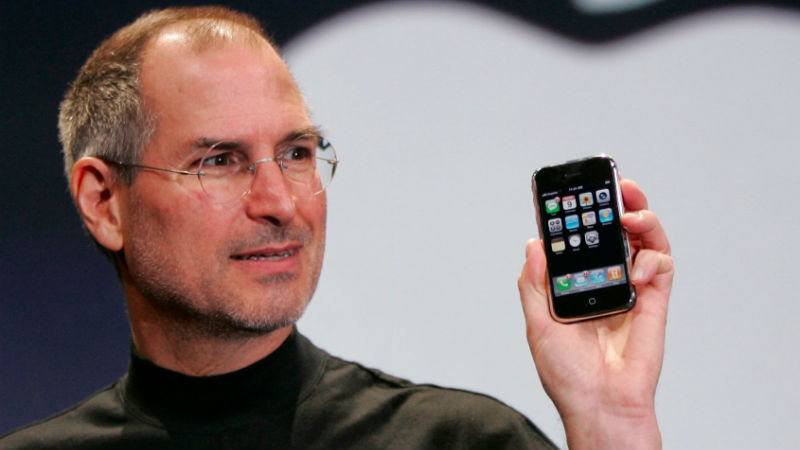
With Apple celebrating their tenth anniversary of one of the most popular devices in modern history, now seems like a good time to take a walk down memory lane and look at the humble beginnings of some of the world’s tech giants. Although OLED screens, 256GB storage and 23 megapixel cameras might be industry standards now, we sometimes forget just how quickly all this tech development has happened, and that not too long ago, phone technology was still pretty average.
Let’s have a look at where some of the industry’s mightiest started out in their smart phone endeavours!
Apple – iPhone (2007) – 3.5in Screen – 2MP Camera
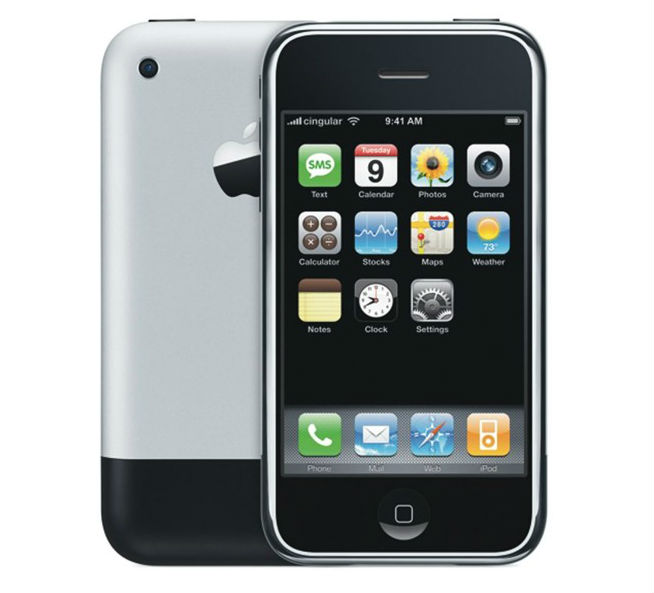
Launched in 2007, and credited for getting the touch-screen hype train rolling, the first iPhone was a massive revolution in terms of technology. The first leap it introduced was the idea that a phone should have only a screen, and no keyboard – and that this allowed for innovative app design that could customise screen interaction based on whatever was needed at the time. Additionally, Steve Jobs’ primary objective when he presented the iPhone to the world press was that it combined three key functions that were all on separate devices at the time: cellphone, music player, internet – and the iPhone fused those into a single device. Although other companies had cottoned onto similar ideas, it was really Apple that took the plunge and staked their reputations on bringing it to the market, and Jobs’ confidence and innovation has definitely paid off.
Samsung – M800 Instinct (2008) – 3.1in Screen – 2MP Camera
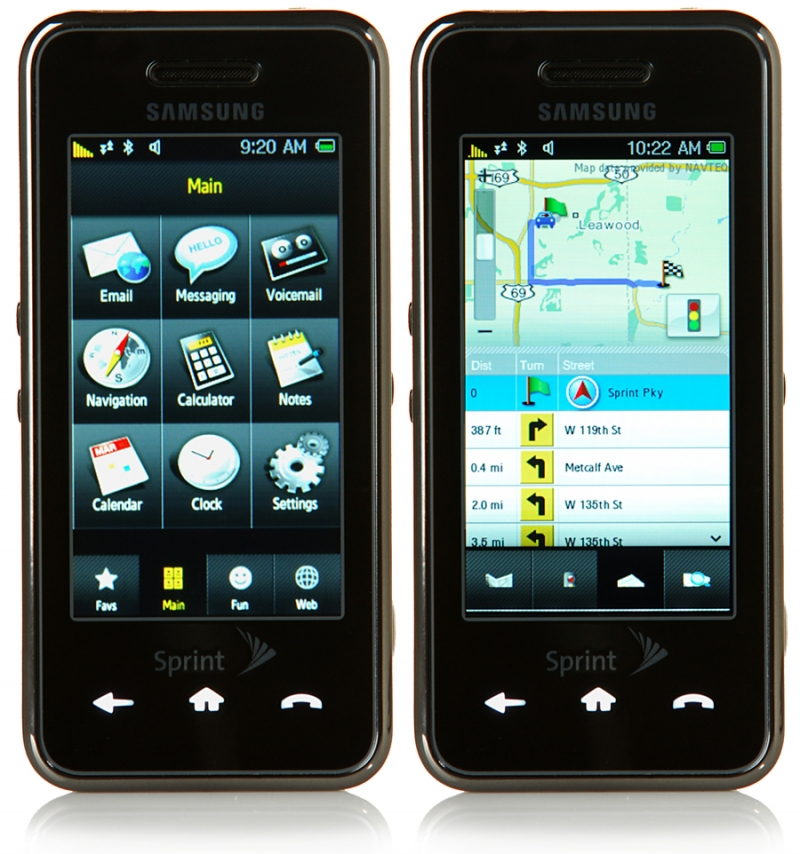
Samsung’s flagship line is that of the Galaxy – but it’s not where Samsung started its smartphone venture. The first smartphone they released was the M800 “Instinct”, which used its own proprietary operating system, not Android OS (this was 2008, after all). It also featured a 2 megapixel camera, like the iPhone, and a slightly smaller screen – but offered features the iPhone didn’t have. It could load browser pages faster, had better GPS functionality, record and send video, and it was possible to watch live TV on it. With this as their test run, Samsung would release the original Galaxy S in 2010, and its successor, the Galaxy S2, is what cemented their place as one of the smartphone super powers.
Sony – Xperia X10 (2010) – 4in Screen – 8MP Camera
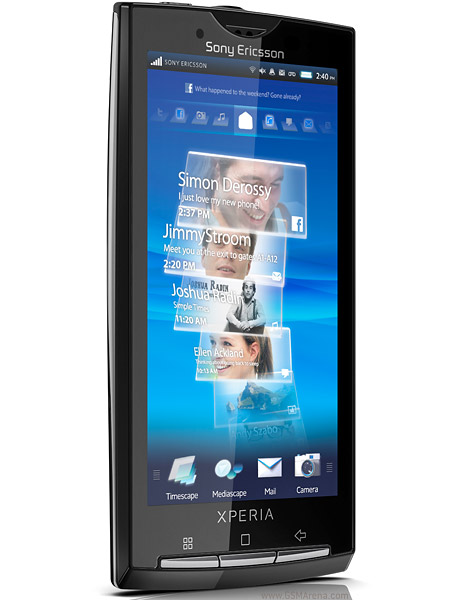
Sony joined the smartphone party a little later due to their rebranding and splitting from Ericsson, but they hit the market with the X10, trying to compete with the first choice Samsung Galaxy S – so it mirrored a lot of the specs the Galaxy S had. It also had a 4-inch screen, 1GHz processor, 1GB of RAM – and even offered better resolution (245ppi vs the Galaxy S’s 233ppi) and a larger 8MP camera. Although they’ve added a competitive range of smartphones to their Xperia line, Sony hasn’t quite managed to claw back into the smartphone arena to compete with the popularity of brands like Apple and Samsung, but they’ve still got a large following of users.
Huawei – Ascend P1 (2012) – 4.3in Screen – 8MP Camera
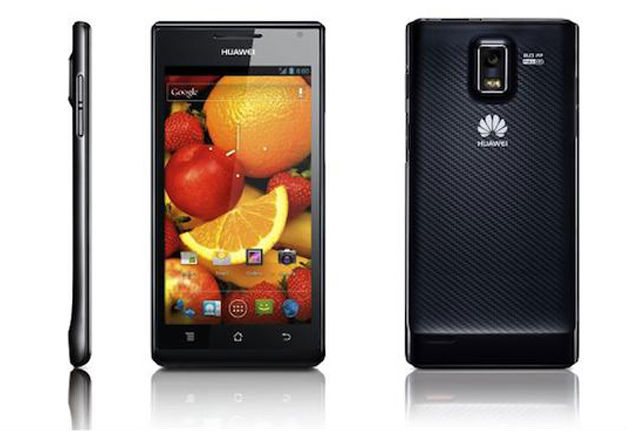
After the initial explosion of the smartphone market, and all brands realising this concept of a full-screen, multi-function device wasn’t a flash in the pan, several other players tried to jump into the market, one of which is the Chinese manufacturer Huawei. Their Ascend P1 was meant to be a competitor to the Galaxy S, offering customers a more affordable alternative that maintained a lot of the specs and features at the high-end of the smartphone market. Its design could easily be said to be a very blatant redesign of the Galaxy S2 that had recently preceded it, but due to their affordability, impressive specs, and sleek design, Huawei has outmuscled more established brands such as Sony in the smartphone market. Huawei has also collaborated with camera brand Leica to offer more exclusive camera technology in its P-range, giving photographers and camera enthusiasts a different option to look at.
LG – GW620 Eve (2009) – 3in Screen – 5MP Camera
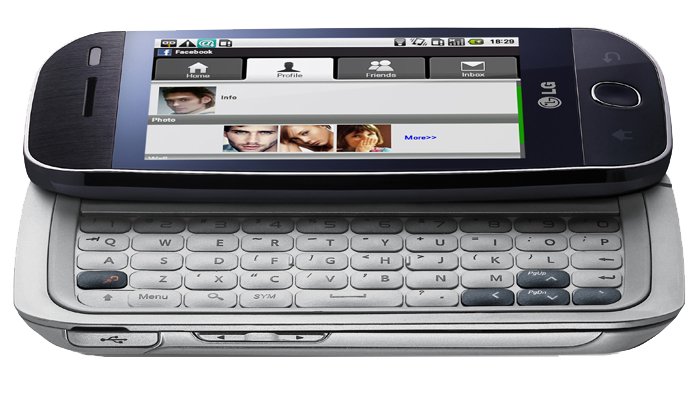
LG was in the smartphone market quite early, around the same time that Samsung and iPhone were getting a foothold, but their climb has been much more gradual than that of the other two. The first stab at a smartphone back in ’09 was the GW620, also known as the LG Eve, and like a few smartphones of that era, it incorporated a slide-out keyboard in its design. This feature was most famous in HTC and Blackberry models, and other cell phones had it earlier. This feature was phased out quite quickly because of how much bulk it added to the phone, and may have had something to do with customers adopting the LG phone.
It feels like smartphones have been around forever, but it’s actually only been around ten years for brands like Apple and Samsung, and some time shorter for a few other latecomers. It’s difficult to imagine a time when you needed multiple devices considering we can do pretty much any tech task necessary with what’s in our pockets – but these brands have used their impressive R&D budgets to bring us some of the best tech imaginable. Which of these phones do you think you could still use today if you absolutely had to?
And, if you’re in need of some smartphone repairs, get in touch with the trustworthy guys in town, WeFix. Check out the weFix online store and Tweet them @weFix to say hi!







